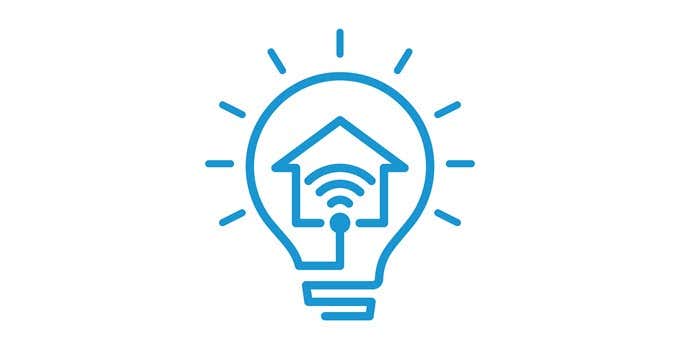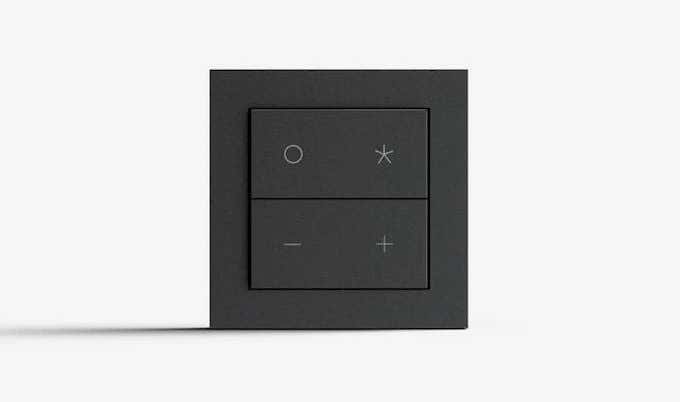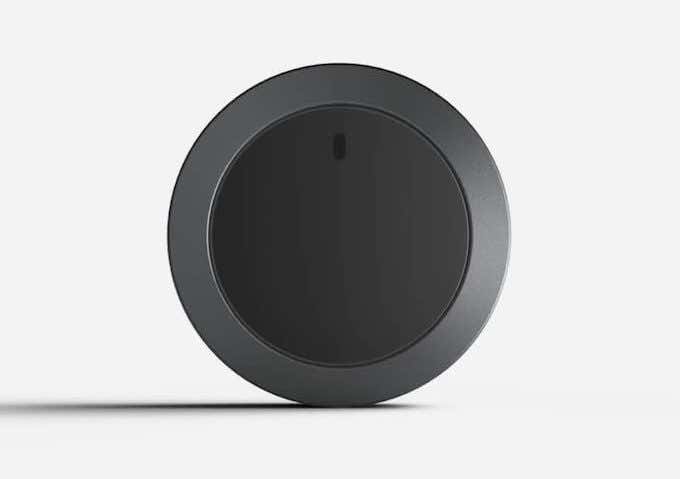Smart home technology has made huge strides forward since the early days of in-wall, wired control. Smart assistants and Wi-Fi lend seamless, near-instant control of lights, blinds, locks, and so much more—but the technology is still bound by the need for power cables.
Even the most elegant design can be marred if you have to run a too-conspicuous wire across the wall or the floor. On the flip side, there are some smart home companies that break the mold by producing devices that need neither power cables or batteries.

Senic is one of the few companies implementing this technology, and they’ve produced several pieces of smart home tech that give new levels of control over your devices.
Part of the reason behind this is the freedom of placement. You don’t have to put a switch on a wall or near an outlet in order to control it if the switch doesn’t require power. Here are a few examples of the best smart home tech that doesn’t need electricity to power it.
Friends Of Hue Smart Switch
The Friends of Hue Smart Switch is a smart switch that works only with Philips Hue lights. While this limitation is unfortunate, the actual operation of the switch is near flawless. The smart switch comes with a sticky mount that allows you to place it anywhere, but it can also be placed inside existing System 55 frames.

Inside the Friends of Hue Smart Switch is a small generator that creates enough energy from a single press to broadcast a wireless signal. That signal can turn your lights on and off, trigger specific scenes, and even dim the lights. You connect the Friends of Hue Smart Switch through the Philips Hue app.
A “smart switch” to control your lights might feel like the technology has come full circle; after all, it’s a switch just like the one on your wall. The difference is that you can place it anywhere in your home, even on the side of the couch. For quick, simple control of your Philips Hue lights, this smart switch is hard to beat.
The Nuimo Click
The Nuimo Click is a lot like the Friends of Hue Smart Switch. It’s a rare piece of smart home tech that generates its own power. Rather than controlling solely the Philips Hue lights, it can also control your Sonos speakers.
You can change the song, turn the volume up and down, and easily access up to three of your favorite stations. It has similar controls for the Philips Hue lights, with allowing you to control the brightness, power, and access three of your favorite scenes with the press of a button.

The only part of the Nuimo Click that needs power is the Hub. Once connected to your network, the Hub can support up to ten Clicks from a distance as far as 30 meters. Like the Friends of Hue Switch, the Nuimo Click can be placed anywhere or inside existing frames.
The fact that the Nuimo Click does require a hub is a bit of a downside, as the Friends of Hue Smart Switch does not—and the addition of the hub increases the cost of the device by a large margin, bringing it to $180 for the Starter Kit. Additional Nuimo Click devices can be purchased for $70 each.
The Nuimo Click comes in black and white color options. It’s not the most aesthetically pleasing smart home tech out there, but it lends itself well to quick control for lights that aren’t needed all the time.
Nuimo Control
The Nuimo Control is not, strictly speaking, powerless. It requires charging through a micro-USB cable, but a single charge can last anywhere from three to eight months. Once charged, the device can be placed nearly anywhere in the home.
It grants control over up to three groups of smart speakers and smart lights. You can also mix and match control groups between lights and smart speakers.

The Nuimo Control also has one of the most flexible mounting options of any device. It has a magnetic base and a wall mount that allows you to attach it to any surface. In addition, the Nuimo Control has dozens of points of recognition inside it that give you precise control of any smart home device.
All of these smart home devices require no power (or next to no power) and give the user more convenient options for where to place it throughout the home. Senic does this through a type of technology known as EnOcean that “harvests” energy. It uses the kinetic energy of the button press to create enough power to send a wireless signal.
Although it is not widely used, as EnOcean tech catches on, smart home tech has the potential to lend even more convenience over time.